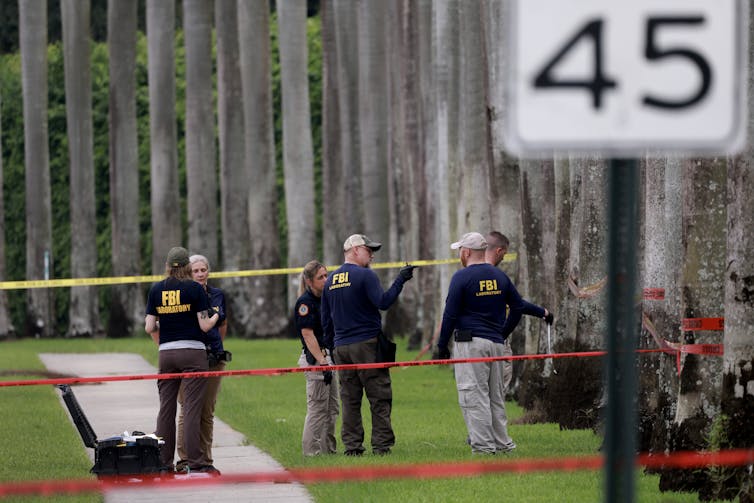Remaining Time -11:21Close Player
It was a quiet September day in 2024 when the unthinkable nearly happened once again: former President Donald Trump faced a second assassination attempt.
But this was not an isolated event—it reflects a long and troubling pattern in American political history. From the earliest days of the republic to today, the presidency has often been a magnet for violence, obsession, and conspiracy. What drives these attacks, and why do they continue to occur?

A Disturbing Pattern in U.S. History
On September 15, 2024, Trump narrowly survived a second assassination attempt—an incident that echoes a grim tradition in U.S. politics. He joins a long list of presidents and former presidents who have faced life-threatening attacks, highlighting the unique risks tied to holding the nation’s highest office. Of the 45 men who have served as president, roughly 40% have been targeted, and four—Abraham Lincoln, James A. Garfield, William McKinley, and John F. Kennedy—were tragically killed while in office.

When the Presidency Becomes a Target
Presidents symbolize the nation’s ideals, values, and policies, which naturally makes them a focal point for both admiration and anger. For some, attacking the president is seen as a misguided form of protest or political expression.
Recent events, including the thwarted attempt at Trump’s Florida golf course and the earlier shooting at a Pennsylvania rally, underscore the persistent danger faced by those in the Oval Office. Each attack serves as a stark reminder that political violence is a continuing threat in the United States.

A Consistent Weapon: Firearms